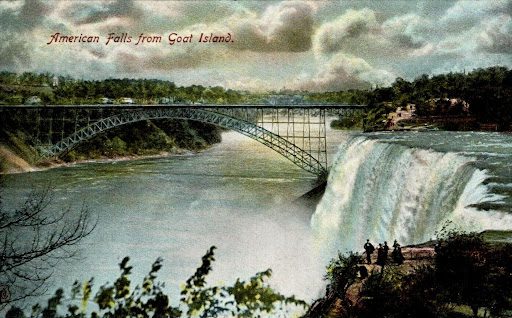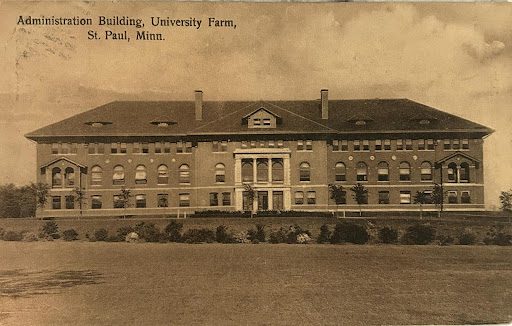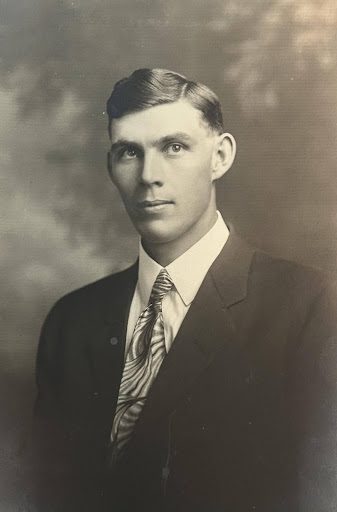Orville and Edith moved to St. Paul, Minnesota after Orville had been recommended for the position by Professor Symonds. They traveled from Baltimore to Niagara Falls where they went beneath the falls following a trail to the open space, a wonderful site from both the Canadian and American sides.
They traveled by train the southern loop coming in through Chicago, on the western side of Ontario and crossed over to Wisconsin. “Then we swung north and got all the Mississippi River. We kind of followed the Mississippi River up to St. Paul, Minneapolis.” O.G.B.


Orville and Edith settled in Minnesota for two years in 1912. They found living quarters; “a two-room small frame house. I called it Santa’s House, but they are generally pretty well made-put together. The place was kept warm by burning coal and using storm windows and storm doors There we stayed, and I walked about a mile from there up to the university. Well, it’s really to the Agricultural Experiment Station up in what’s called Midway.”
Professor F.L. Washburn was in charge of the Experiment Station, and Orville was an Assistant Entomologist teaching between 100 to 115 students in zoology. In addition, he earned ten credit hours of classes, as well as conducting research and acting as an extension worker.
Orville’s work consisted of nursery inspection. The inspection of plants and fruit trees. “I also inspected foreigner plants coming in coming in from Holland, France, and Germany. So, I had quite a time going around the greenhouses and places where the nurseries would ship to this nation. I would go out there and inspect brambles.”
He was also an instructor of high school zoology of the School of Agriculture. Additionally, Orville did research on Minnesota bill bugs destroying corn, hydrocyanic acid fumigation of greenhouses.
Orville discovered the first San Jose scale infestation in an apple orchard and nursery in Minnesota. At one point he recalls, “the wind had blown some of the scale fifty to sixty-five feet from the first infestation to the second. The scale was easily traced in the nursery. Professor Washburn sent a sample to Washington for identification. The scales were presumed genuine San Jose scale. I was right! First ever found in Minnesota. It was about 1911.”
“Crown or root gall was probably the worst disease present on fruit trees and brambles. During the winter months, nursery sheds were inspected. When necessary, the road was changed to drive across the ice on the lake.”




As a baby, Gertrude slept in a veneer wooden box, even when it was below zero. “Later we secured a well-built home having a furnace and a basement. It was here, due to floor cold draft, that Gertrude developed mastoids. It turned out to be an emergency operation and, of course, no nurse handy, so I held the chloroform while the doctor operated, just behind the ear. It was successful. Later it was found out that Gertrude could not tolerate cream from cows’ milk.”
“Often in the springtime in Minneapolis we would make our bed on the back porch. At about midnight or later a storm would blow in, so we had to move all our bedding back inside the house.” O.G.B.
Erma Stump, Nora’s daughter, entered the Minnesota High School for one year. “It did her a lot of good in developing her entire life. She returned home a new girl.” O.G.B.

Erma Stump holding baby Gertrude (1913)
